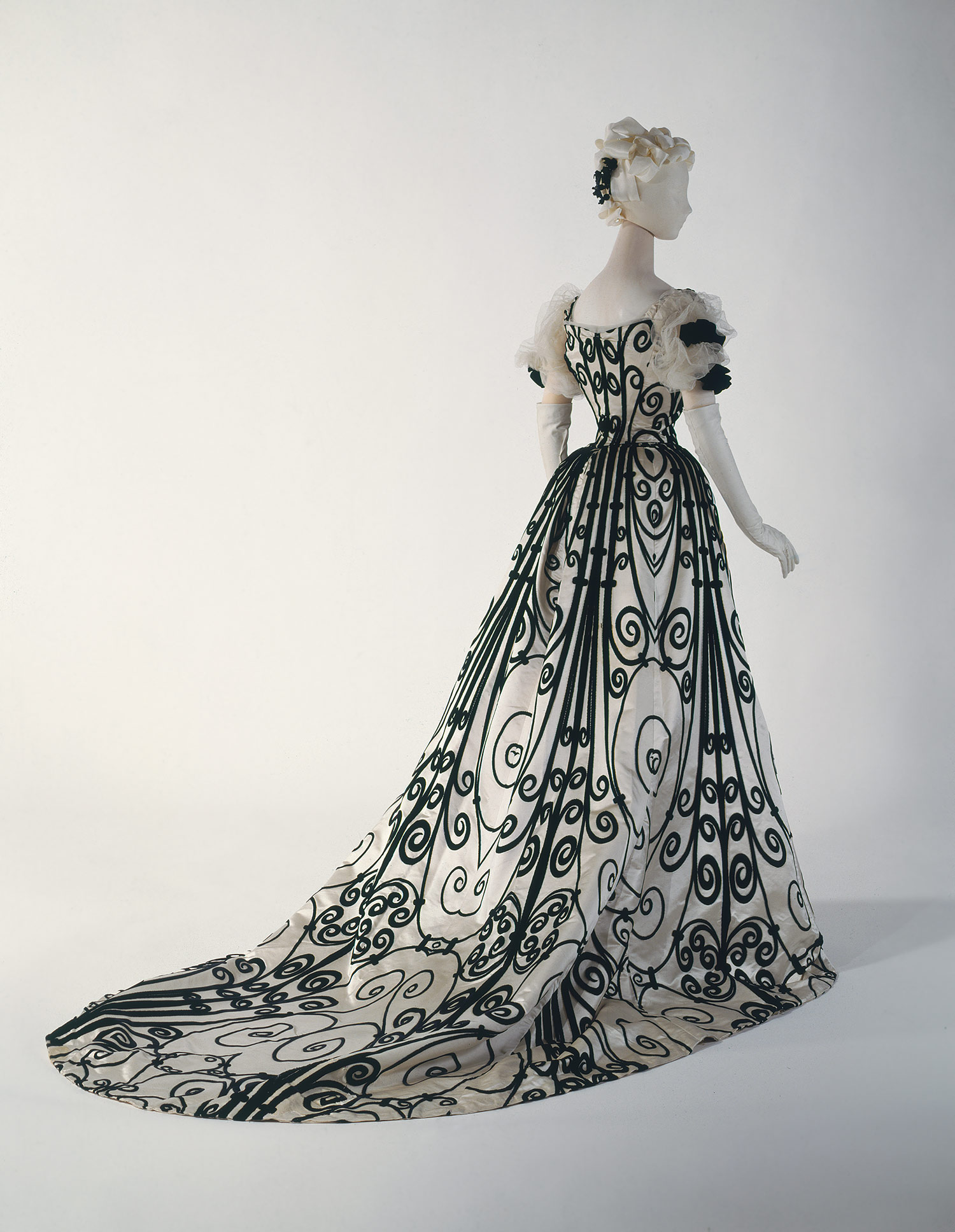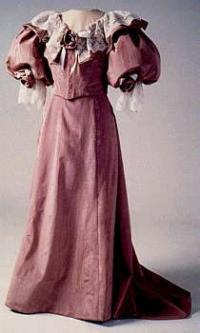This year, thanks to my wonderful parents who gave me the classes and my family who took me there, I attended
Tutu.com tutu school in Charlotte North Carolina.
It was an interesting educational experience, which despite being 5 days of grueling hard work was fun?! I am still trying to process the years of experience that is crammed into you in a very short time.
A good friend of my husband's, who had studied at both MIT and Stanford, was once asked "how much fun was that"? He answered, "well, if you think taking a sip from a fire hose is "fun" than yes it was". Tutu school is like taking a sip from a fire hose.
 |
| packed and ready to go |
 |
| Packing for tutu school |
The first thing that needed to be done was pack up my sewing machines and other sewing paraphinelia into something that would fit into the back of our car. We managed to pack everything and set off before 8 a.m. for the long drive down to Charlotte.
The journey went very well and we arrived at 8p.m. at out hotel.
The next morning at 8 a.m., tutu school started in the hotel's conference room. My project was to make a Spanish skirt, while the other women were making mostly classical tutus, a few Romantic tutus, one ribbon candy tutu and two contemporary tutus.
I had previously taught myself how to make basques using the method described in Claudia Folts' book
The Classical tutu, so I was told to sit in with the groups taught by Travis Halsey. He uses a mathematical method to draft a basque and the resulting basque has hip seams as well as a back seam.
After cutting everything out, sewing and serging the skirt and ruffles, I needed to sew many yards of lace to the ruffle edges and then ruffle the layers. Next, the ruffled layers were sewn to the skirt.
Finally, the basque was attached to the top of the skirt and hook and closure were sewn to the edges.
The skirt turned out well for a first attempt and was finished in the two days set for it, working from 8-6 each day.
 |
| Sewing the third ruffled layer to the skirt |
On the Tuesday I made a tutu bag for carrying tutus. I had wanted to spend some time studying the tutus that were in the room and photographing one or two but ended up not having time.
 |
| The tutu carry bag I made. |
The last two days of tutu school were spent learning couture bodice techniques from Travis Halsey. I had brought some lace and trim from home, some lovely fabric was in my kit and the school provided huge bags of fabric pieces to work with. One of the hardest part I felt was deciding what would look good together as there was so much to choose from. I found a small piece of gold duponi, some gold flowered brocade, a black mesh with red sparkly flowers and a black and red ribboned fabric.
 |
| bodice front |
My assembly of the parts of my pattern was much simpler than some of the other students because I felt the bodice design did not need to be over embellished. The variety of couture techniques that I learned made the bodice easier to assemble while at the same time resulting in a superior result.
 |
| Beginnings of a lace applique for the front of the bodice |
In the two days of the class, I finished the front and back, inserted the nude inset and piped the top edges. Since returning home I have piped the remaining edges and made an applique for the front. I also fit the bodice on E13 and will complete the bodice this week.
I would still like to add embellishments to the applique, make a matching headpiece and possibly add sleeves. I will post photographs once the project is completed.
We drove home, making the trip in one day which was good since we were all very tired.
I believe I would attend tutu school or some other intensive sewing course again if I had the opportunity since the wealth of knowledge that can be aquired in a very short time is vast. The whole experience was intense and challenging and probably not something everyone would enjoy or could deal with. Going into the classes with the right attitude and expectations greatly helps.
To find out more about the training offered go to
Tutu.com's seminars
Here are the Spanish skirt and bodice that I made at Tutu school:
 |
Spanish skirt and couture bodice made at Tutu.com school
|













































